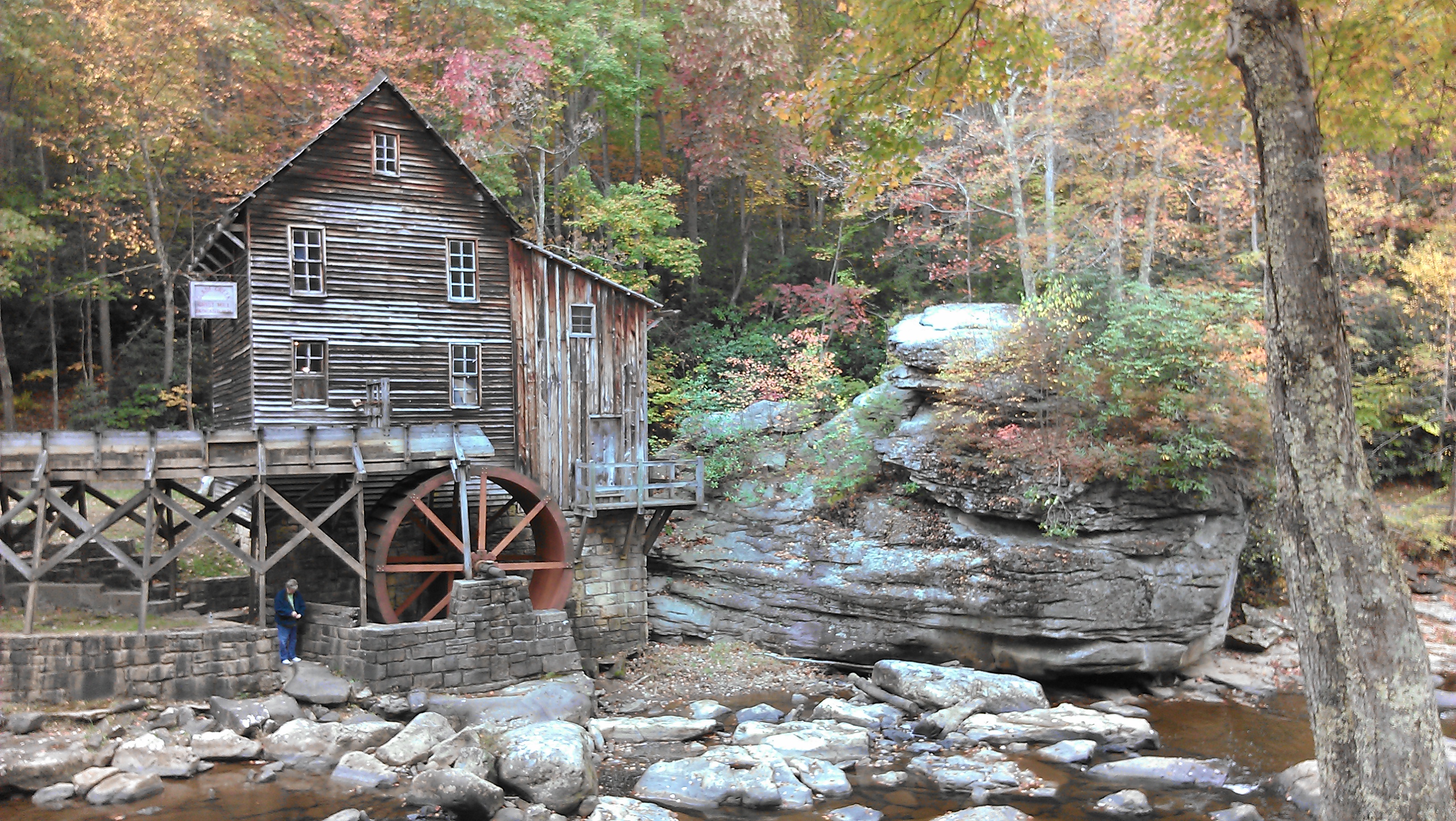Lexingtonians love their star bricks. A sidewalk paved with the star-emblazoned stamped bricks is a sight to behold, the vitrified finishes glistening in a mineral rainbow of reds and purples and browns. Star bricks are such a feature of Lexington’s downtown and older residential neighborhoods that it’s no surprise people think they’re unique to Lexington, but they’re not. You’ll find them in Roanoke, Savannah, and elsewhere, too.
Brick paving has a long pedigree in America. Plain brick pavers were popular for walkways in the colonial period, and in the early nineteenth century Washington and Lee University added brick stairs to one of its buildings so the thundering herd of students wouldn’t thunder as loudly as they would on wooden stairs. In 1870 a Charleston, West Virginia builder named Mordecai Levi had the idea to pave a Charleston street in brick. Levi’s timing was good—with mass production and rail transport bricks were cheap enough that cities could afford to pave entire downtowns with them, and they did.
At the end of the nineteenth century brick plants in Ohio’s Hocking Valley began to manufacture vitrified bricks in a variety of patterns. The glassy vitrification gave the bricks a hard water-impervious finish and the patterns, in addition to providing visual interest, may have helped with traction. The beautiful patterned bricks of the era have withstood the test of time, and today their stars, bull’s-eyes, and hatchings enliven the experience of historic communities across the nation.
Contributed by Dan Pezzoni, Sept 2017

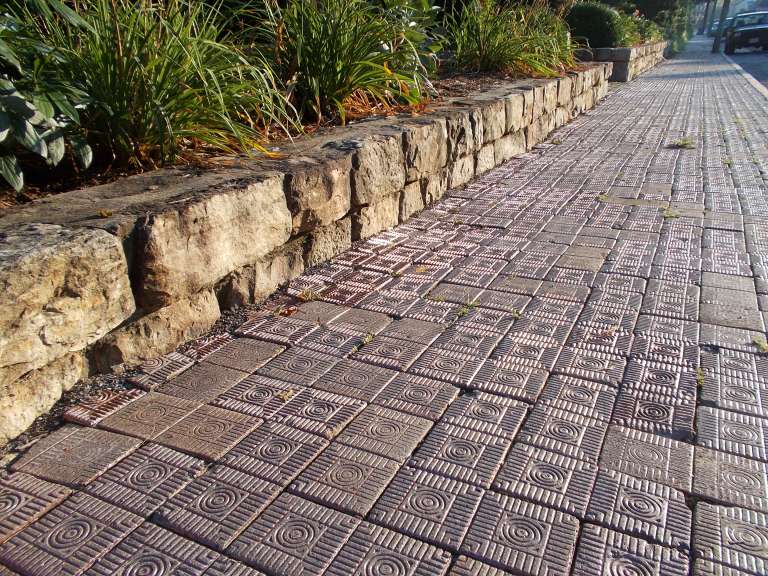
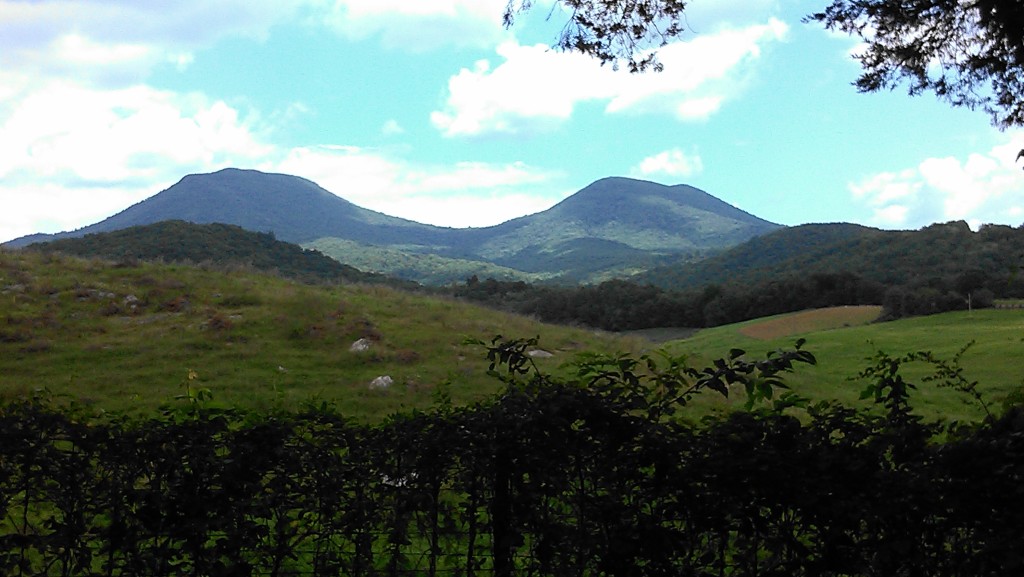
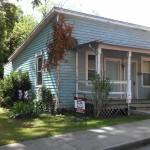
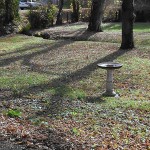 mid-20th century. It was owned in the late-19th and early-20th centuries by the Sheridan family, who operated a livery and stable a block away (the “Sheridan Livery Inn” on N. Main). The property is historically known as the “Back Spring Lot,” after the very bold spring in the back yard that serves as a principal source of water for Town Creek, a tributary of the Maury River. As one of downtown’s only “waterfront” properties, it offers a shady respite from the summer heat.
mid-20th century. It was owned in the late-19th and early-20th centuries by the Sheridan family, who operated a livery and stable a block away (the “Sheridan Livery Inn” on N. Main). The property is historically known as the “Back Spring Lot,” after the very bold spring in the back yard that serves as a principal source of water for Town Creek, a tributary of the Maury River. As one of downtown’s only “waterfront” properties, it offers a shady respite from the summer heat.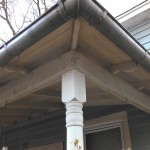 less-residential look than other houses nearby; the two 4-panel front doors suggest it was previously used either as a duplex or as a house + shop/office. The cottage appears to have been built in at least two stages, and was last renovated in the 1990s. Original wood siding, a 1920s Craftsman-style front porch with exposed rafters and shaped rafter tails, and most of the stone perimeter foundation are some of the cottage’s intact character-defining features. The turned wooden posts are 1990s replacements of what were likely plain square posts.
less-residential look than other houses nearby; the two 4-panel front doors suggest it was previously used either as a duplex or as a house + shop/office. The cottage appears to have been built in at least two stages, and was last renovated in the 1990s. Original wood siding, a 1920s Craftsman-style front porch with exposed rafters and shaped rafter tails, and most of the stone perimeter foundation are some of the cottage’s intact character-defining features. The turned wooden posts are 1990s replacements of what were likely plain square posts.